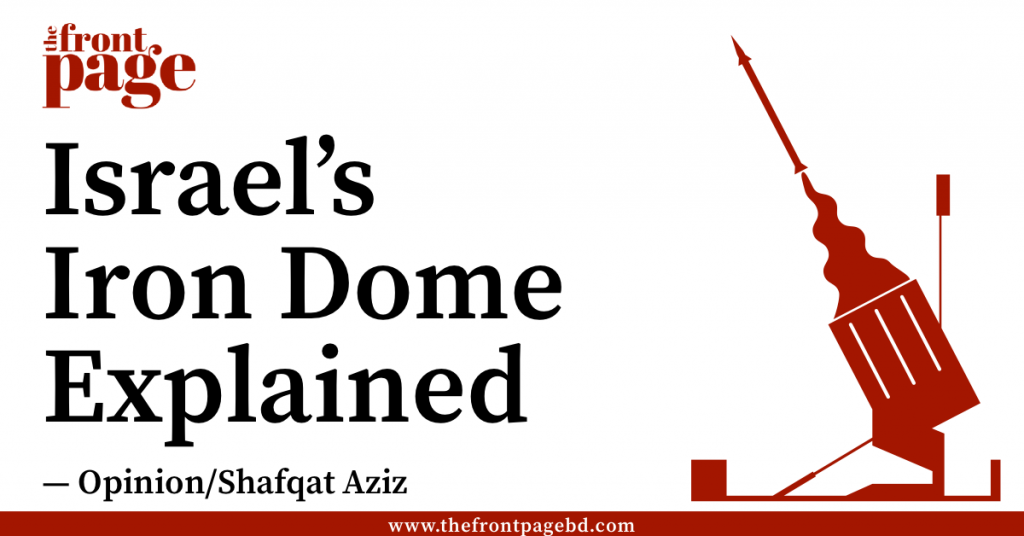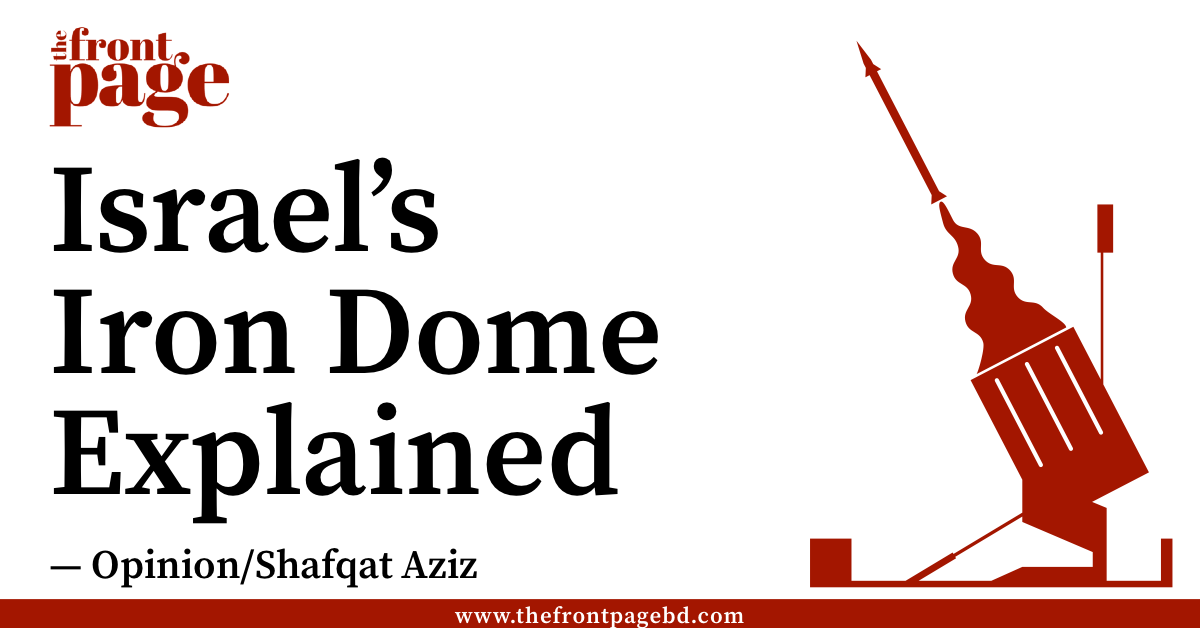In the recent conflict between Israel Defence Forces (IDF) and Hamas over a “rocket war”, the true victims out of this conflict were innocent civilians and children mainly. As reported by the BBC, the fighting lasted for 11 days before both parties to the conflict engaged in talks resulting in a ceasefire.
Gaza’s health ministry reported that at the least 243 people has been killed by IDF airstrikes, this number includes at least 100 women and children. The IDF claimed it has killed 225 Hamas “militants” in these 11 days. Meanwhile, Hamas has declined to give any data on the number of casualties they suffered.
In stark contrast, during the same 11 days, the Times of Israel reported that Israel bore the brunt of a total of 1,300 rocket attacks by Hamas and Israel’s Medical services reported that these rocket attacks caused 12 casualties in addition to further damage to social infrastructure.
What is behind Israel’s low casualty rate? 1,300 rocket attacks over a period of 11 days in theory would have done far more damage to any other nation than what Israel suffered. This is all due to Israel’s much hyped “Iron Dome” system which neutralised 90% of the rocket attacks by Hamas in this conflict which is no easy task given these rocket attacks focus more in saturating the Iron Dome System with sheer number of rockets to the Iron Dome System cannot neutralise all the rockets from hitting their targets. In the recent conflict, out of the 1,300 rockets fired, only 200 managed to land in Southern Israel. In this article, I shall attempt to explain the mechanism behind the Iron Dome System and how it operates.
An interesting point I would live to draw to the reader’s attention is the fact that many of these rockets fired at Southern Israel by Hamas are quite primitive in design with unreliable guidance systems, some being as small as 90 centimetres. So, more often than now, neither Hamas or the IDF has any clue where these rockets will exactly land. These rockets may hit a populated market, a hospital, explode mid-air or even land in a farmland.
This is exactly where the Iron Dome System comes in to take out as many of these rockets as possible to reduce civilian casualties and infrastructure and economic damage to the Israeli state. This even poses a risk to the residents of Gaza itself as it has been observed that about 200 rockets in the recent conflict risked landing and exploding inside Gaza itself due to their primitive design and unskilled personnel manning these rocket batteries.
The Iron Dome System, affectionately called as the shield that defends Israel is truly a modern 21st Century engineering marvel in the defence industry. To keep it simple, this systems are divided and organised as “Battery Clusters” which includes the operating personnel, radars and an interceptor missile launcher. Currently, Israel has 10 batteries in service around their major cities and populated areas. Israel plans to increase this number to 15 in the future.
First step of the Iron Dome System is to detect incoming rockets by use of their radars which are constantly scanning the skies for incoming threats. In the second step, the command centre determines the size, trajectory, and possible place the incoming rocket might land at. And finally, one of the 10 Iron Dome missile battery shall launch an “interceptor missile” in response to the incoming threat which is essentially a rocket launched to destroy the incoming rocket in a hope to destroy it mid-air.
The feature that makes the IDF’s Iron Dome System stand out is the fact it is one of the few missile defence interceptor systems right now that can specifically counter the threat of short-range rockets and missiles. This is something that even the more costly and much hyped Patriot Missile Defence System which the defence forces of the USA and their other NATO allies rely upon are not capable of handling.
In conclusion, the Iron Dome not only intercepts 90% of the rockets fired by militants at Israeli occupied lands, but additionally it does buy crucial additional time for the residents of their land to run to and reach their designated bomb shelters as the Iron Dome tries to delay the other 10% of the rockets from reaching their targets which has proven invaluable not only saving lives but also reducing economic and infrastructure damage to civilian majority areas.





